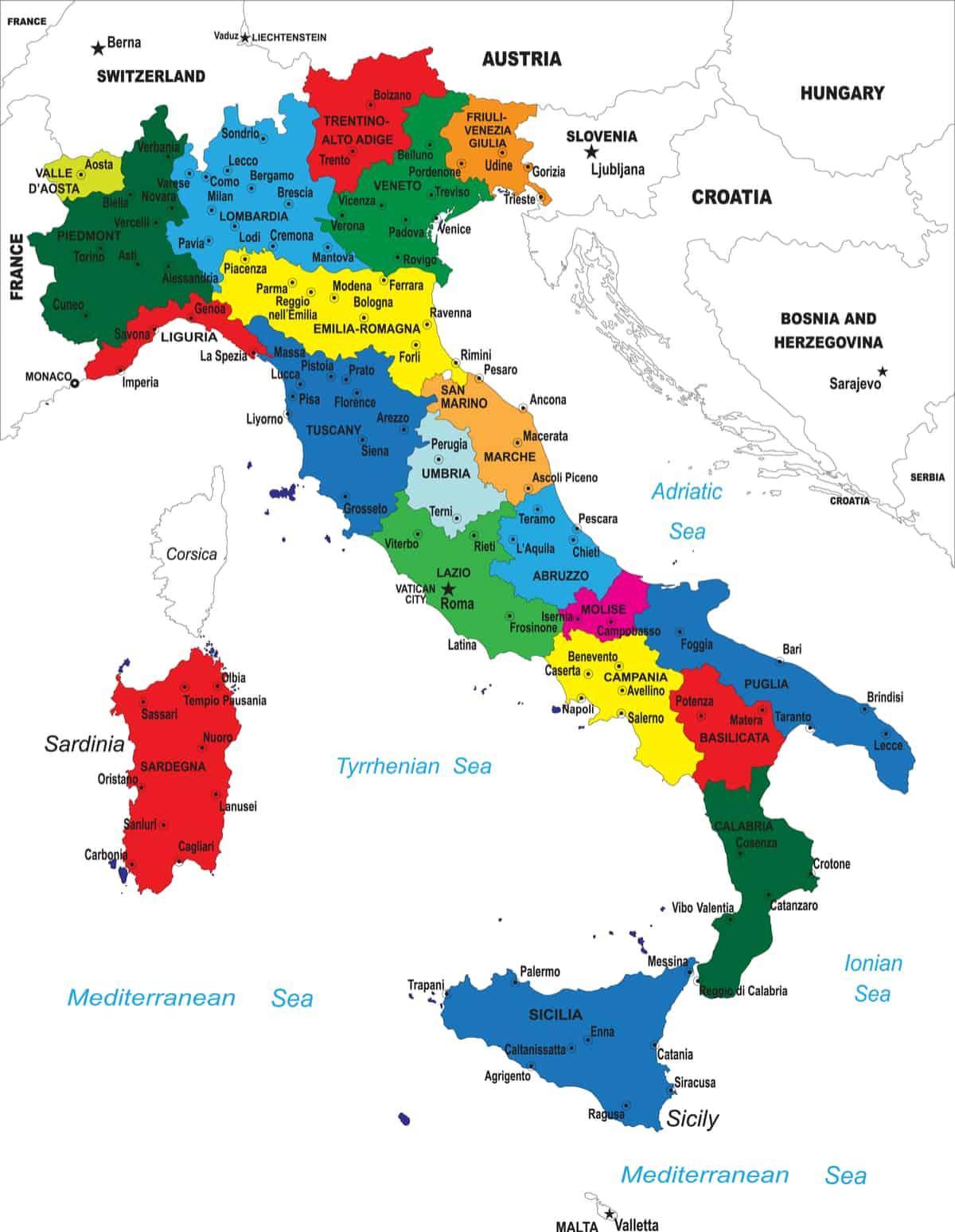search
Political map of Italy
Map of Italy political. Political map of Italy (Southern Europe - Europe) to print. Political map of Italy (Southern Europe - Europe) to download. Italy has been a unitary parliamentary republic since 2 June 1946, when the monarchy was abolished by a constitutional referendum. The President of the Italian Republic (Presidente della Repubblica), currently Giorgio Napolitano since 2006, is Italy head of state as its shown in the political map of Italy. The President is elected for a single seven years mandate by the Parliament in joint session. Italy has a written democratic constitution, resulting from the work of a Constituent Assembly formed by the representatives of all the anti-fascist forces that contributed to the defeat of Nazi and Fascist forces during the Civil War.
Italy has a complex system of political alignments in which the parties, their congresses, and their leaders often appear to wield more power than parliament or the other constitutional branches of government as its mentioned in the political map of Italy. Basic party policy is decided at the party congresses—generally held every second year—which are attended by locally elected party leaders. At the same time, the national party leadership is selected.
The most important political party in Italy traditionally has been the Christian Democratic Party (Partito Democrazia Cristiana—DC), which stands about midway in the political spectrum. In the 1983 national elections, the DC commanded 32.9% of the vote and won 225 seats in the Chamber of Deputies as you can see in the political map of Italy, down from 38.3% and 262 seats in 1979; in 1987, however, its electoral strength increased again, to 34.3% and 234 seats. From 1948 until 1981, the prime minister of Italy was consistently drawn from the ranks of the DC, whose religious and anti-class base constitutes both its strength and its weakness. Its relationship with the Church gives it added strength but also opens it to criticism by lay parties.


